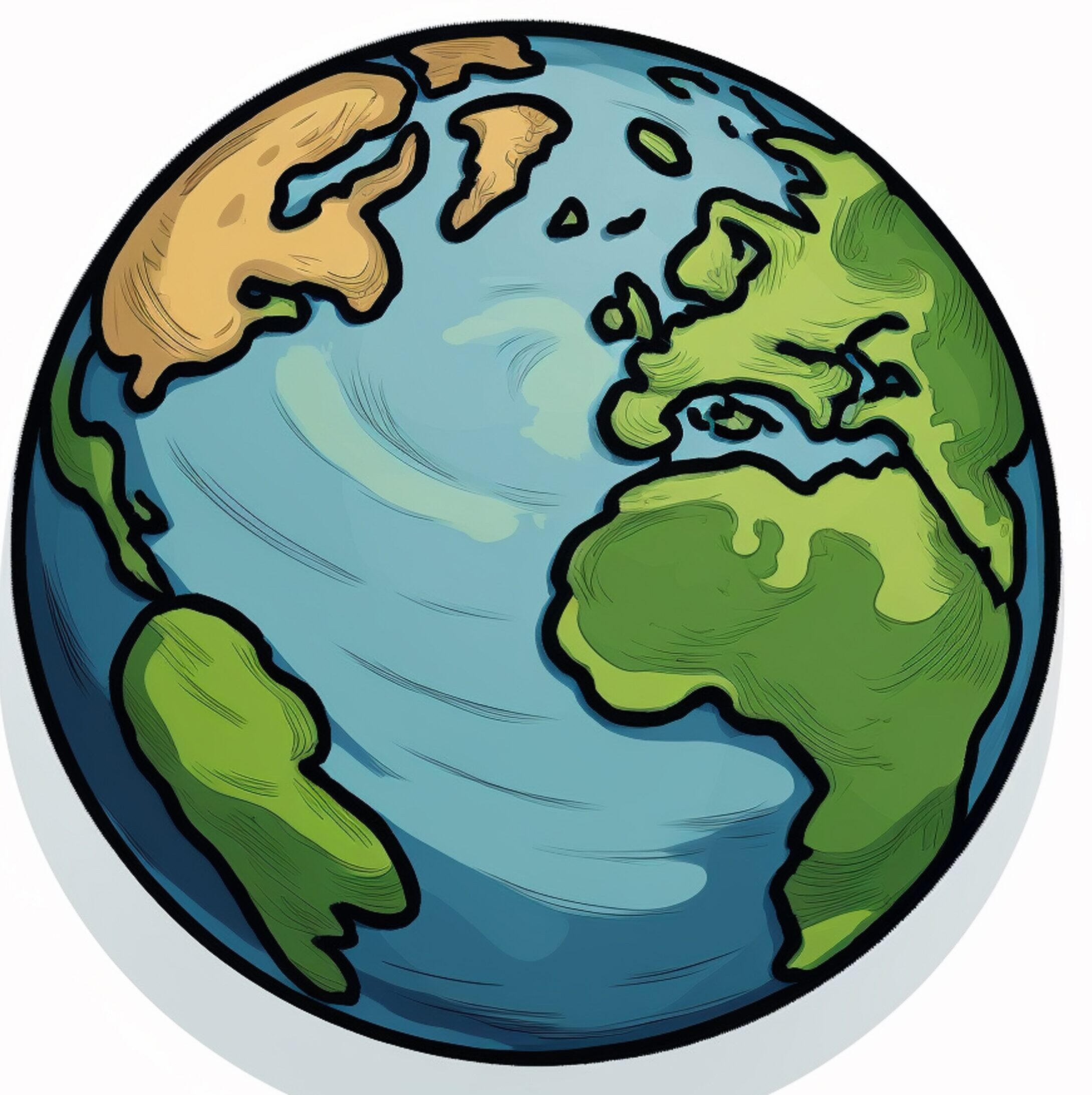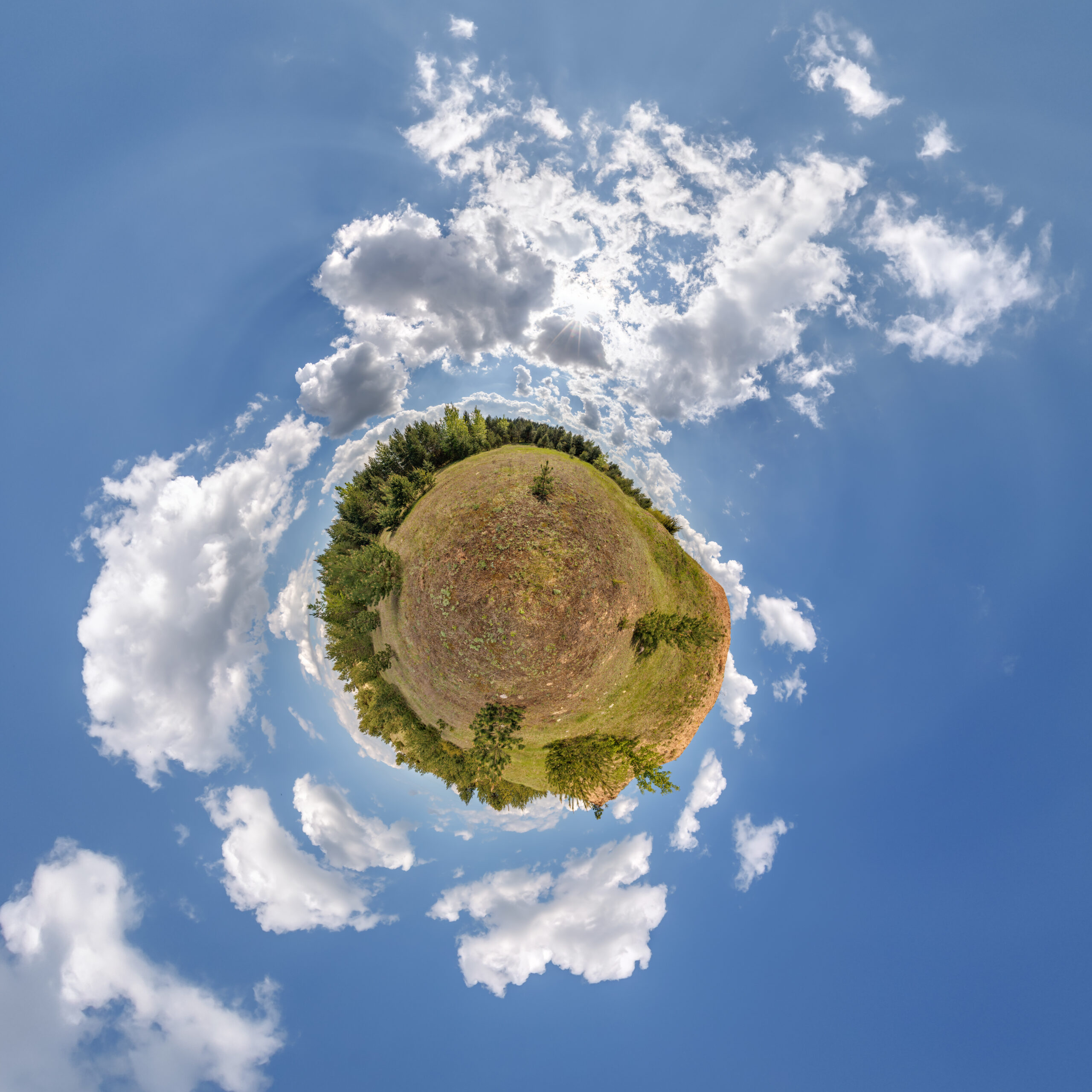When J.R.R. Tolkien created Middle-earth, he didn’t just write a fantasy tale—he built an entire world. This world wasn’t merely filled with elves, dwarves, and hobbits; it had its own languages, histories, cultures, and above all, geography. The map of Middle-earth is more than a backdrop—it’s a living, breathing character in the epic story of The Hobbit, The Lord of the Rings, and The Silmarillion. This article explores the intricacies of the Middle-earth map, its regions, symbolic value, and the brilliance behind its creation.
What Is Middle-earth?
Middle-earth is the central continent in Tolkien’s fictional universe of Arda. Though it feels fantastical, Tolkien imagined it as a mythological prehistory of our own world. The term “Middle-earth” comes from the Old English “Middangeard,” meaning the inhabited lands of men, between the heavens and the underworld.
Unlike many fantasy settings that feel artificial or overly magical, Middle-earth stands out because of its realism. It’s a place with a history that spans thousands of years, influenced by war, politics, mythology, and migration—much like our own world.
A World Etched in Detail
Tolkien was not just a storyteller—he was a linguist, historian, and mapmaker. He sketched detailed maps to keep track of his characters’ journeys and to ensure his world was coherent. Every mountain, river, and road in Middle-earth serves a narrative purpose.
Let’s explore some of the most important regions on the map:
1. The Shire
Located in the northwest, the Shire is the peaceful homeland of the Hobbits. It is a rural paradise of rolling green hills, cozy hobbit-holes, and calm streams. The Shire represents simplicity and innocence—values that contrast starkly with the darker parts of the world.
2. Rivendell
Nestled in a hidden valley, Rivendell is an Elven sanctuary ruled by Elrond. It serves as a place of wisdom, healing, and council. On the map, it’s located east of the Shire, near the Misty Mountains.
3. Mordor
To the southeast lies Mordor, the land of shadow. Bordered by the Ash Mountains, this is the realm of Sauron, the Dark Lord. The ominous Mount Doom, where the One Ring must be destroyed, is located here. The harsh geography mirrors the darkness of its master.
4. Gondor
One of the last strongholds of men, Gondor is a proud and ancient kingdom. The city of Minas Tirith, with its seven levels carved into a mountainside, is a key location in The Lord of the Rings. It lies to the west of Mordor and stands as a beacon of hope.
5. Rohan
North of Gondor, Rohan is the land of the horse-lords. Vast grassy plains define this region, and its people—the Rohirrim—are known for their cavalry and honor. The capital, Edoras, lies at the foot of the White Mountains.
6. Fangorn Forest
This ancient forest lies near the southern end of the Misty Mountains. It’s home to the Ents, giant tree-herders who played a pivotal role in the war against Saruman.
7. Mirkwood
Located to the northeast, Mirkwood is a dark and dangerous forest. Once a bright woodland realm, it became corrupted by evil. It plays a central role in The Hobbit.
Mountains, Rivers, and Roads
The map of Middle-earth is not just about political borders or places of interest—it’s a web of natural features that influence the plot.
- The Misty Mountains divide Middle-earth down the middle and pose a significant obstacle to travelers. From the dwarves’ mines in Moria to the snowy pass of Caradhras, these mountains are full of danger and mystery.
- The Anduin River is the longest river in Middle-earth. It runs from the north near Mirkwood down past Gondor, and many key events happen along its banks.
- Old Forest Road and Great East Road are ancient routes used for trade, migration, and war. The Fellowship travels along many of these paths in their quest.
Symbolism in Geography
Tolkien’s geography is deeply symbolic. The journey from the Shire to Mordor is not just physical—it mirrors a journey from innocence to experience, from safety to sacrifice. Each landscape represents a different emotional and moral tone.
- The Shire is home, the beginning and end of the journey.
- Mordor is evil made physical—blackened lands, fiery volcanoes, and no life.
- Lothlórien, an Elven realm of golden woods, is like a timeless paradise, untouched by evil.
The natural barriers—mountains, forests, rivers—serve not just as physical challenges but also as emotional and moral tests for the characters.

